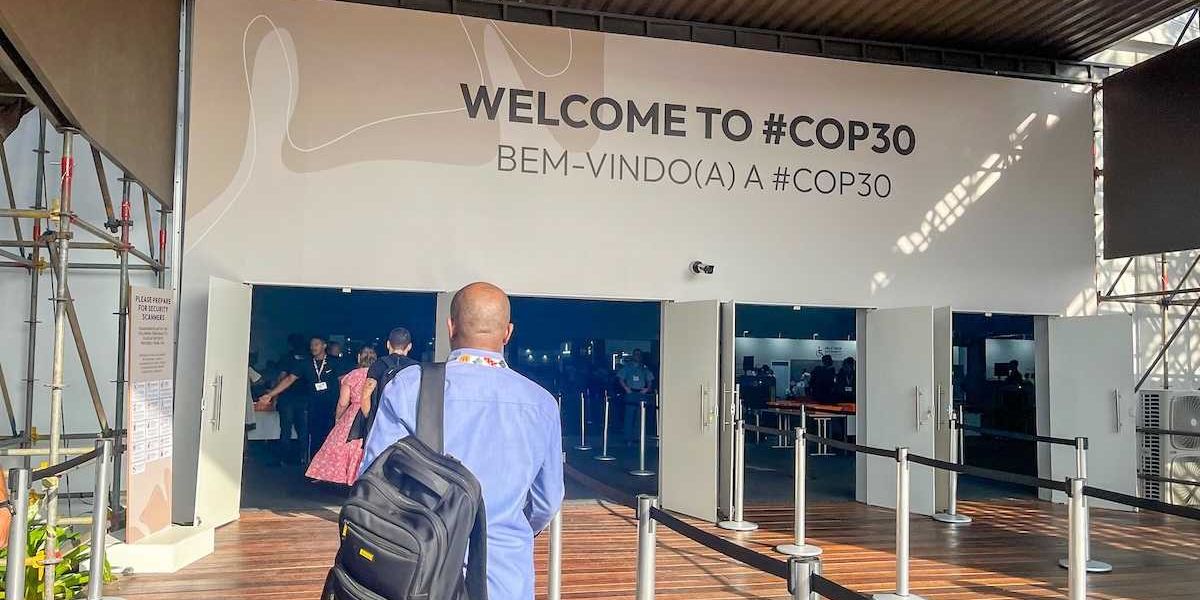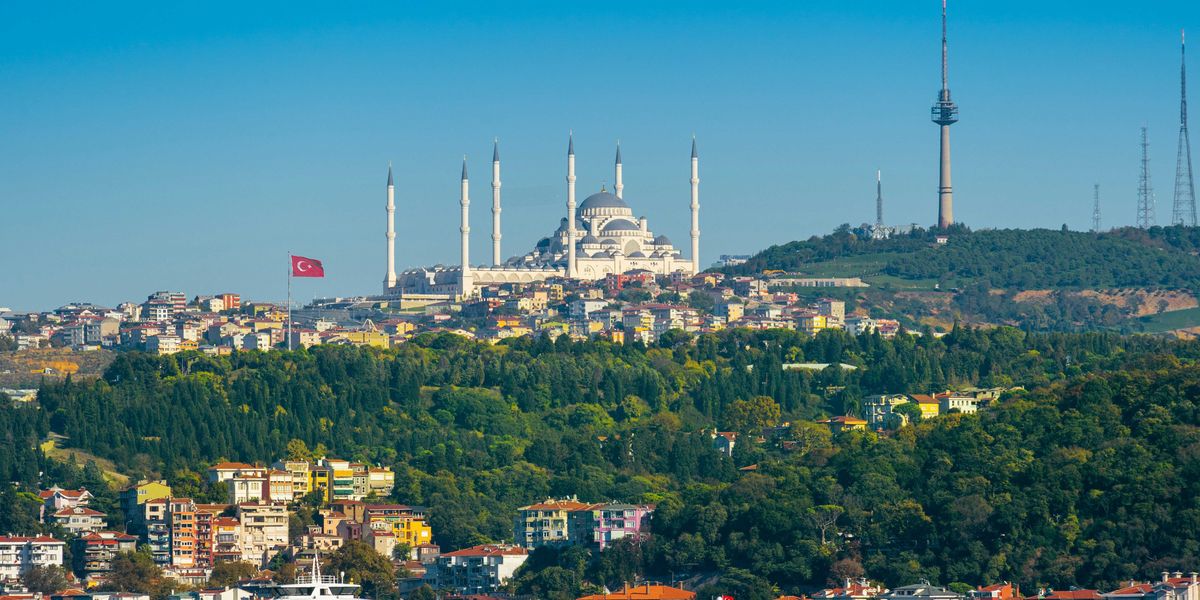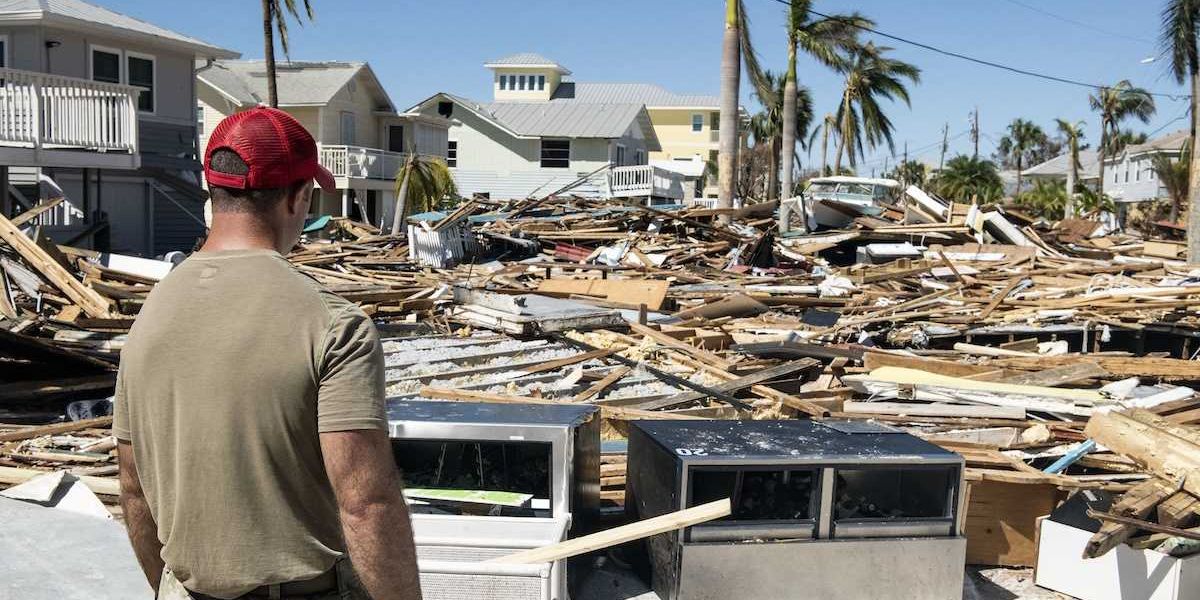environmental-health
Credit: laura adai/Unsplash+
Two ways of knowing: How merging science and Indigenous wisdom fuels new discoveries
What becomes possible when we combine the strengths of western science and Indigenous knowledge systems as we navigate humanity’s biggest challenges?
Credit: Robin Edqvist/Unsplash
Is ‘imagination activism’ the antidote to climate doom we’ve been looking for?
A new exhibition in Rio de Janeiro, Brazil, asks, what if the most radical climate tool isn't technology, but the ability to dream?
Credit: Martin Lerberg Fossum / Statsministerens kontor Creative Commons: https://creativecommons.org/licenses/by-nc/4.0/
US is (officially) gone, but not forgotten, at COP30
From fossil fuel politics to state-level climate action and intelligence monitoring, American influence remains deeply woven into the global climate talks.
Credit: Arno Senoner/Unsplash
Gavin Newsom is a star of COP30 — but his climate receipts are messy
The California governor has made great environmental strides in his state. But he’s also cosigned on some major setbacks.
Top Story
Credit: Photo by Sven Piper on Unsplash
Trump plans to open more than a billion acres of U.S. waters to drilling
The plan from the Interior Department is one of the president’s most significant steps yet to increase domestic fossil fuel production.
Newsletter
Credit: Dylan Shaw/Unsplash
Violent 'storms' under Antarctica's ice could be speeding its decline
When sea ice melts and refreezes, it stirs vortices that pull warm deep water up, eroding Antarctica's shrinking ice shelves.
Photo Credit: Getty Images For Unsplash+
International effort to curb emissions of a climate super pollutant falls short, UN report reveals
Methane emissions continue to climb despite a pledge by countries to curb climate pollution.
ORIGINAL REPORTING
MOST POPULAR
CLIMATE
















